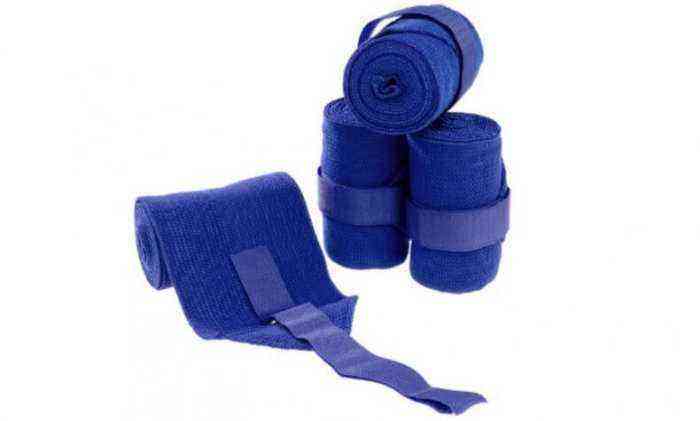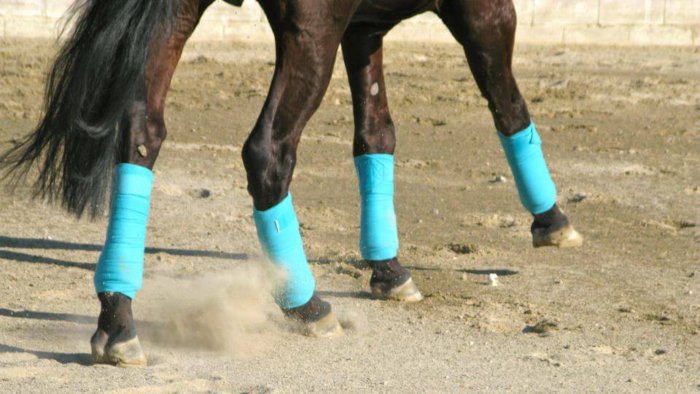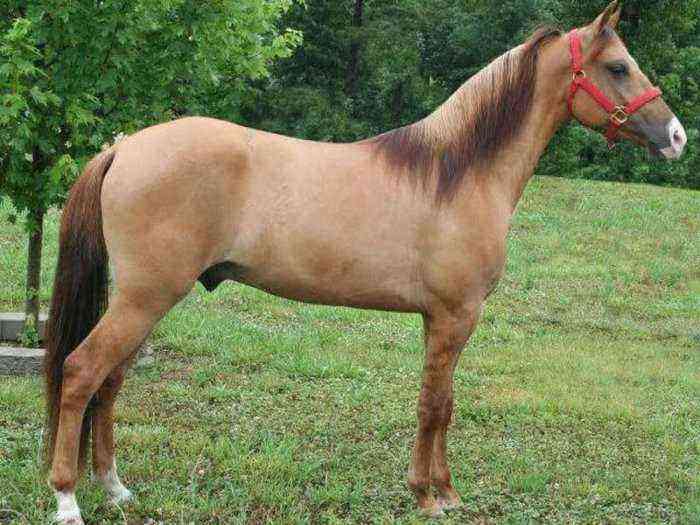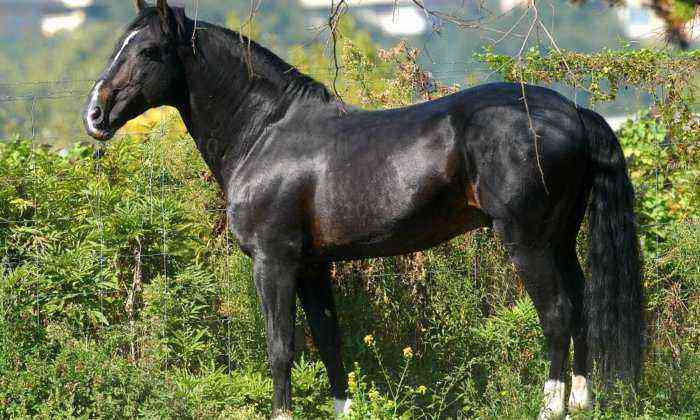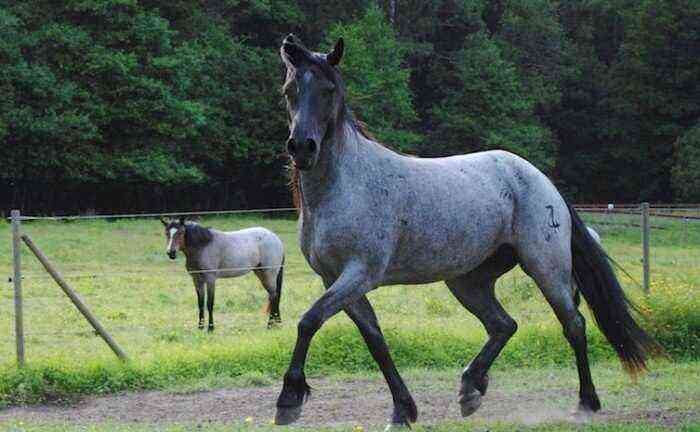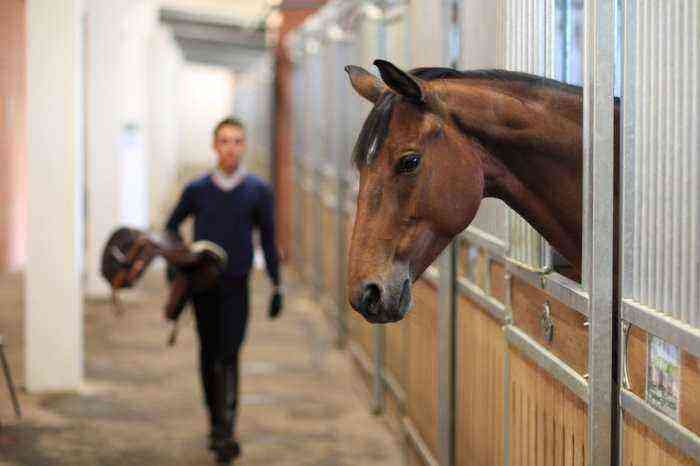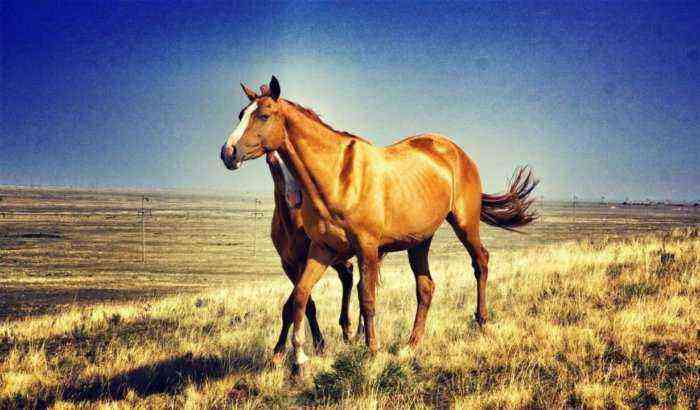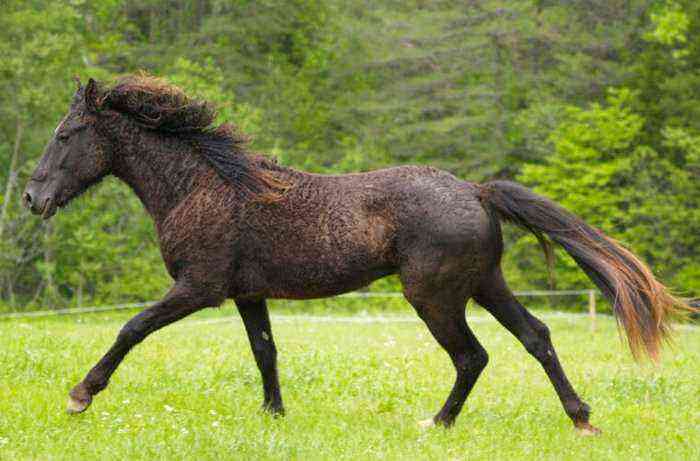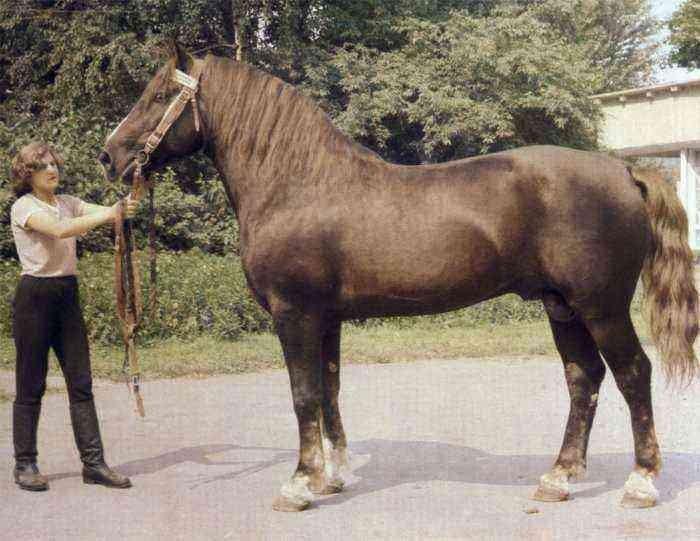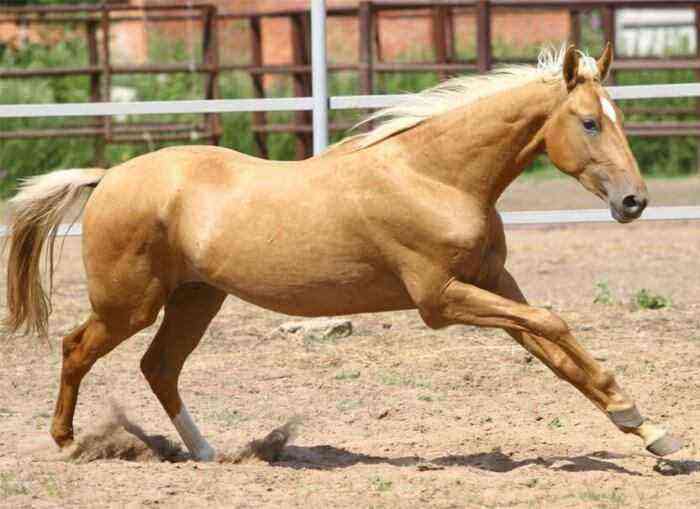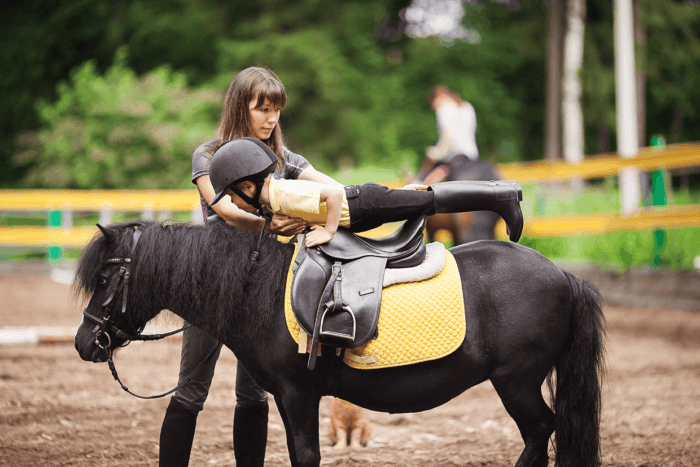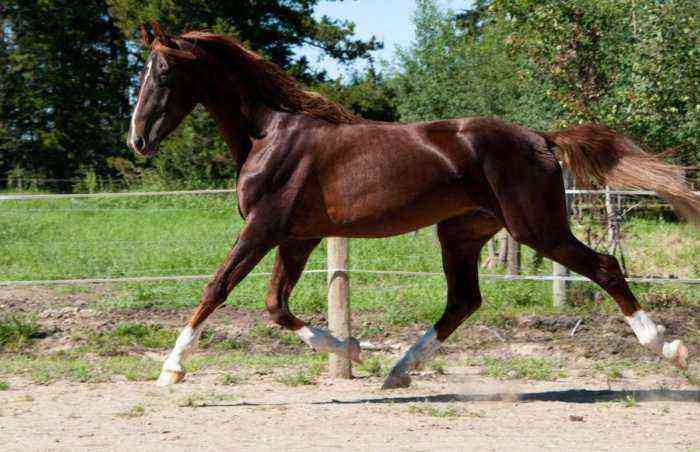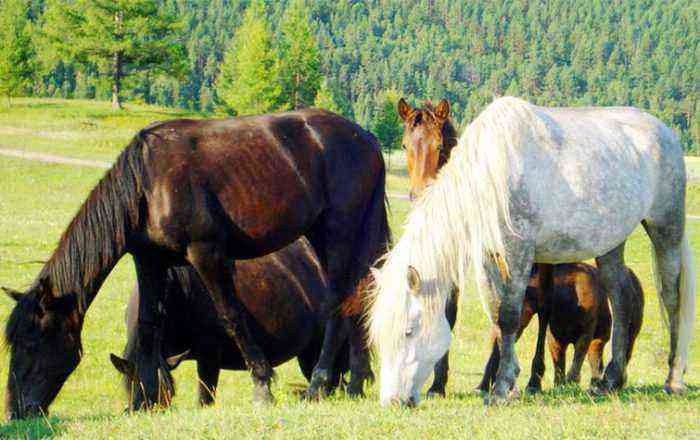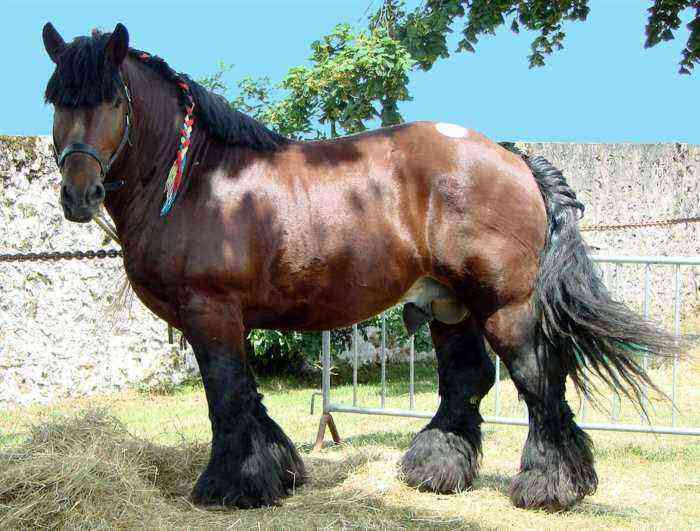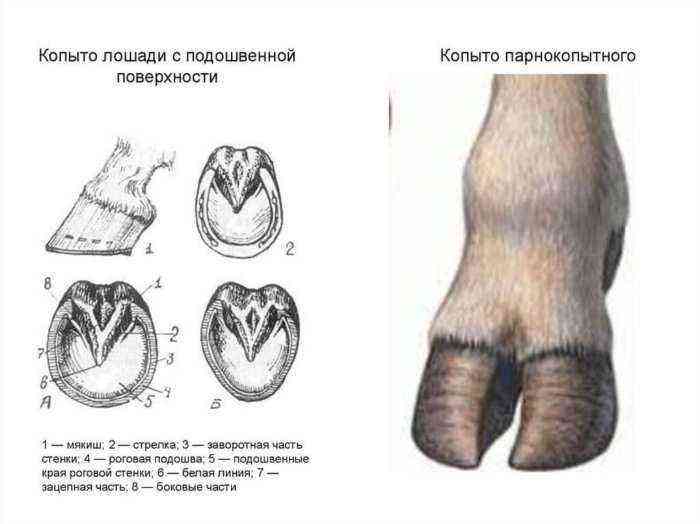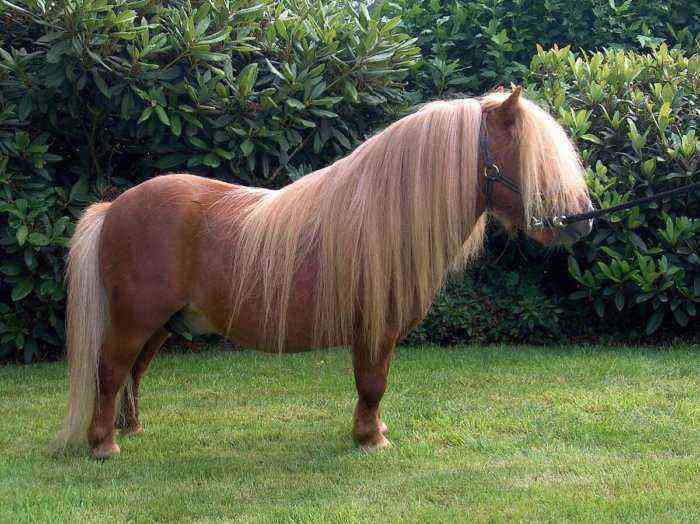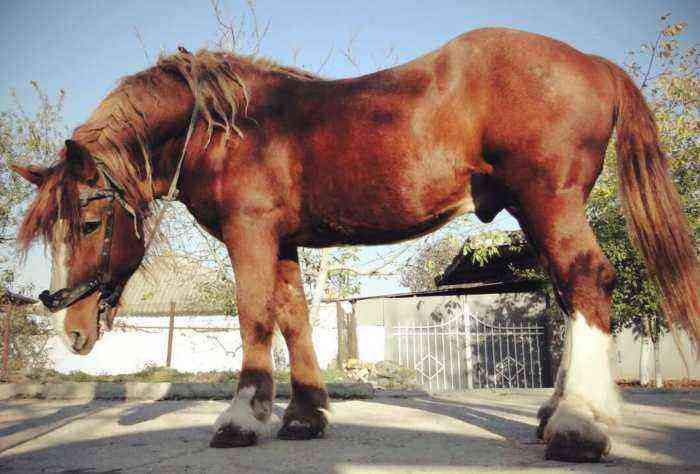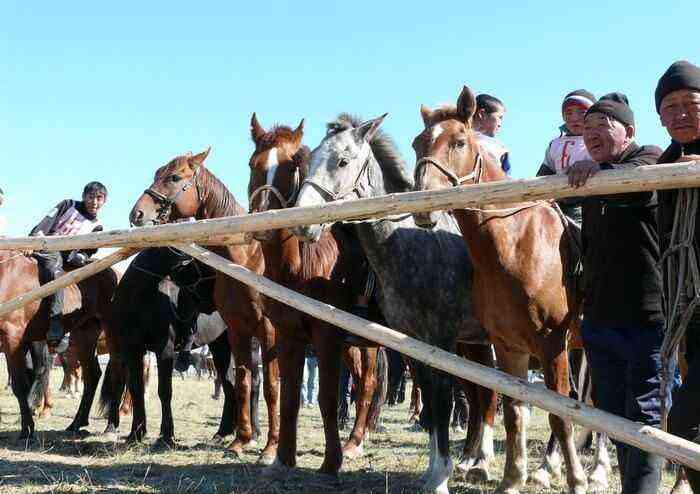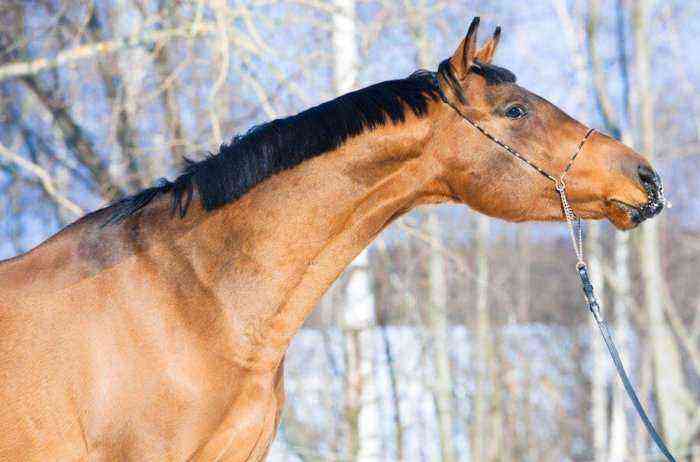How to bandage a horse’s legs, every breeder should know. The need for this arises when the horse has to work hard, intense training or competition. Horses with painful joints or wounds on the limbs also need to be bandaged.
Horse with bandaged legs
Why are horses’ feet bandaged?
Binding the legs of a horse is aimed at protecting them during training or hard work. The joints and tendons of animals are under great stress. To avoid injury – sprain or rupture of ligaments, the limbs are bandaged. When to apply bandages:
- Before training (especially jumping horses);
- in case of problems with the ligamentous apparatus;
- young horses who often injure themselves with their hooves, clinging one limb to another;
- with existing abrasions and wounds on the skin of the legs, in order to avoid infection;
- after applying an ointment or other medicine to the skin of the extremities.
Sometimes the bandage serves another purpose – to warm or cool the muscles and joints of the animal. An experienced breeder will never neglect the procedure of bandaging a horse’s legs; he has at his disposal several sets of fixing bandages.
Varieties of bandages
Modern dressings for horses are presented in a large assortment. They are made from different materials – synthetic and natural, and for ease of use are equipped with Velcro or braid fasteners.
Elastic
Elastic bandages are most often used in race and show jumping competitions. They are a stretchable tape 9–10 cm wide and 1,8 m long with Velcro. The product may have different colors.
Attention! Elastic bandages are not recommended for long-term wear, as they compress the limb, preventing normal blood circulation. They are used exclusively during competitions.
Elastic bandage for horses
Wool products
Wool bandages are designed to warm muscle fibers and joints. They are recommended for animals diagnosed with joint diseases. Such products do not interfere with blood circulation, are comfortable to wear and pleasant to the touch.
Attention! One of the disadvantages of a wool bandage is its fragility. If the steed catches on a branch or other object, the material may unravel.
From fleece
Fleece bandages are in demand among breeders, as they have a number of advantages:
- do not shrink when washed and retain their shape;
- dry quickly;
- well warm the muscles;
- do not slide down;
- do not pinch the legs of the animal;
- material breathes.
Fleece products are used during training or during warm-up. Their length is 2–3 m, and their width is 12 cm. Such bandages are equipped with a Velcro fastener with Velcro, which allows you to create the desired tension and fix them on the leg.
Knitwear
Knitwear stretches better than fleece. They are used if the horse has a serious load on the legs or there are chronic diseases of the limbs. For reliable fixation, such bandages are best suited, but in order to avoid circulatory disorders, they are not worn for a long time.
Knitted headbands are also fastened with Velcro and can have different colors. The disadvantages include fragility. Hooks and arrows quickly form on such bandages, the fabric unravels.
Attention! Knitted and elastic bandages for horses are best used with padded jackets.
Combined
This type of bandage differs from others in that it combines 2 types of material. On the inside, which is adjacent to the limbs of the horse, there is a fleece, and on the outside – an elastic synthetic fabric. Such bandages can be used without padded jackets, as the fleece protects the legs from excessive pressure.
Bandages for horses
Gel
The products are impregnated with a special gel, which, as the manufacturers assure, prevents the growth of harmful bacteria, does not cause allergies and passes air well. Products are used during training, supporting the tendons and protecting them from injury.
Attention! The gel bandage can be used to cool the joints of the horse’s legs. To do this, it is first placed in the freezer.
Products impregnated with gel keep well on their feet, do not slip, do not pinch blood vessels and capillaries. The disadvantage is the high cost of the product.
What are quilts?
When bandaging the legs of horses, padded jackets are used. These are soft pads for bandages made of different materials:
- cotton;
- wool;
- foam rubber;
- synthetic winterizer, etc.
Quilted jackets can be used both for therapeutic purposes and during training for faster and more efficient warming up of muscle fibers. They help protect the horse’s limbs from the excessive pressure exerted by the elastic bands.
Rules for applying bandages
The owner of the horse must learn how to bandage the horse’s legs. This procedure is done before the training process and competitions, as well as during the treatment of a horse suffering from joint diseases.
The difficulty lies in the fact that the animal cannot tell whether it is comfortable or not. A bandage that is too tight can impede circulation and eventually lead to lameness. If the bandage is applied weakly, it will slide down. This is very dangerous – while running, the horse will get entangled in it and fall along with the rider.
Attention! The ideal tension of the bandage is determined as follows – it sits quite tightly, but at the same time a finger easily enters under it.
Instructions on how to bandage a horse’s legs:
- Immediately before the procedure, the limbs are inspected and contaminants are removed – sand, fine litter, pieces of soil and sawdust. The surface of the skin must be clean, otherwise there is a risk of chafing the skin under the dressing.
- Next, if necessary, impose a padded jacket. It is straightened and wound around the leg, fixing with Velcro.
- A bandage is wound over the padded jacket. The movement starts from above, from the hock, gradually moving to the fetlock. The bandaging of the first layer is performed with medium effort. Don’t overtighten the bandage.
- Having reached the fetlock joint, it is captured only by two-thirds (then the horse will be able to freely bend the leg in this place), after which they begin to move upward. The second layer of the bandage is pulled with great effort.
- Perform fastening fastening. Velcro should be located on the outside of the limb.
Attention! When bandaging the legs of a horse, it is important to ensure that the padded jacket does not wrinkle under the bandage – the folds will create inconvenience and will rub the skin. Another nuance – when applying a bandage over a padded jacket, you can not go beyond it. The soft lining should peek out from under the bandage by 1 cm.
After 2-3 hours, the bandages are removed to restore blood circulation. Wash them by hand or machine after each use. Only clean and dry fixing bandages are put on the horse.
So, bandaging the legs of a horse is necessary not for beauty, but to protect them from injuries and wounds. It is important to learn how to properly perform the procedure so that your actions do not harm the pet. First, the owner of the horse will have to choose several different bandages for different purposes, they are sold in sets of 2 or 4 pieces, and practice bandaging yourself or a friend. Having done the procedure several times, experience will appear, then it will not be difficult to bandage the horse’s legs.
